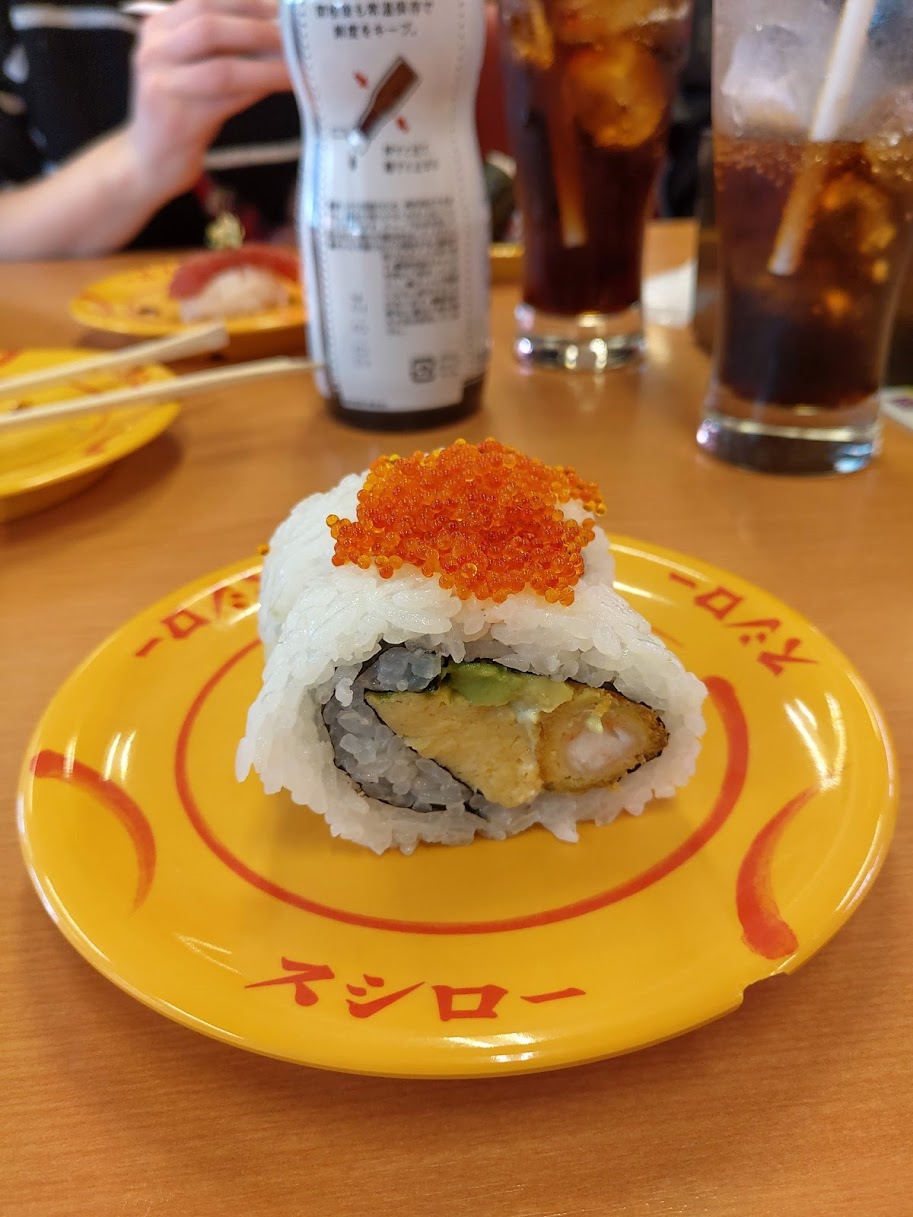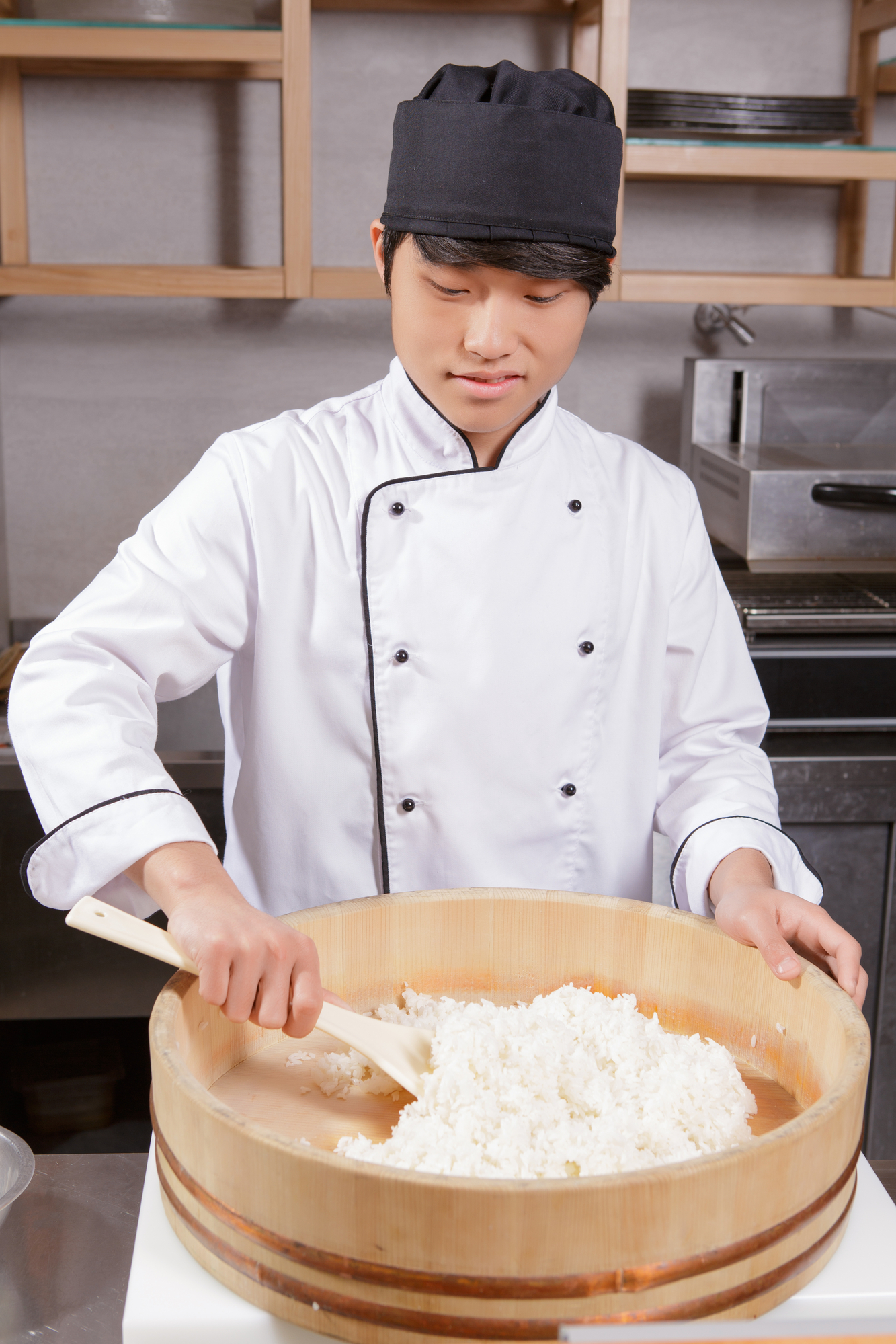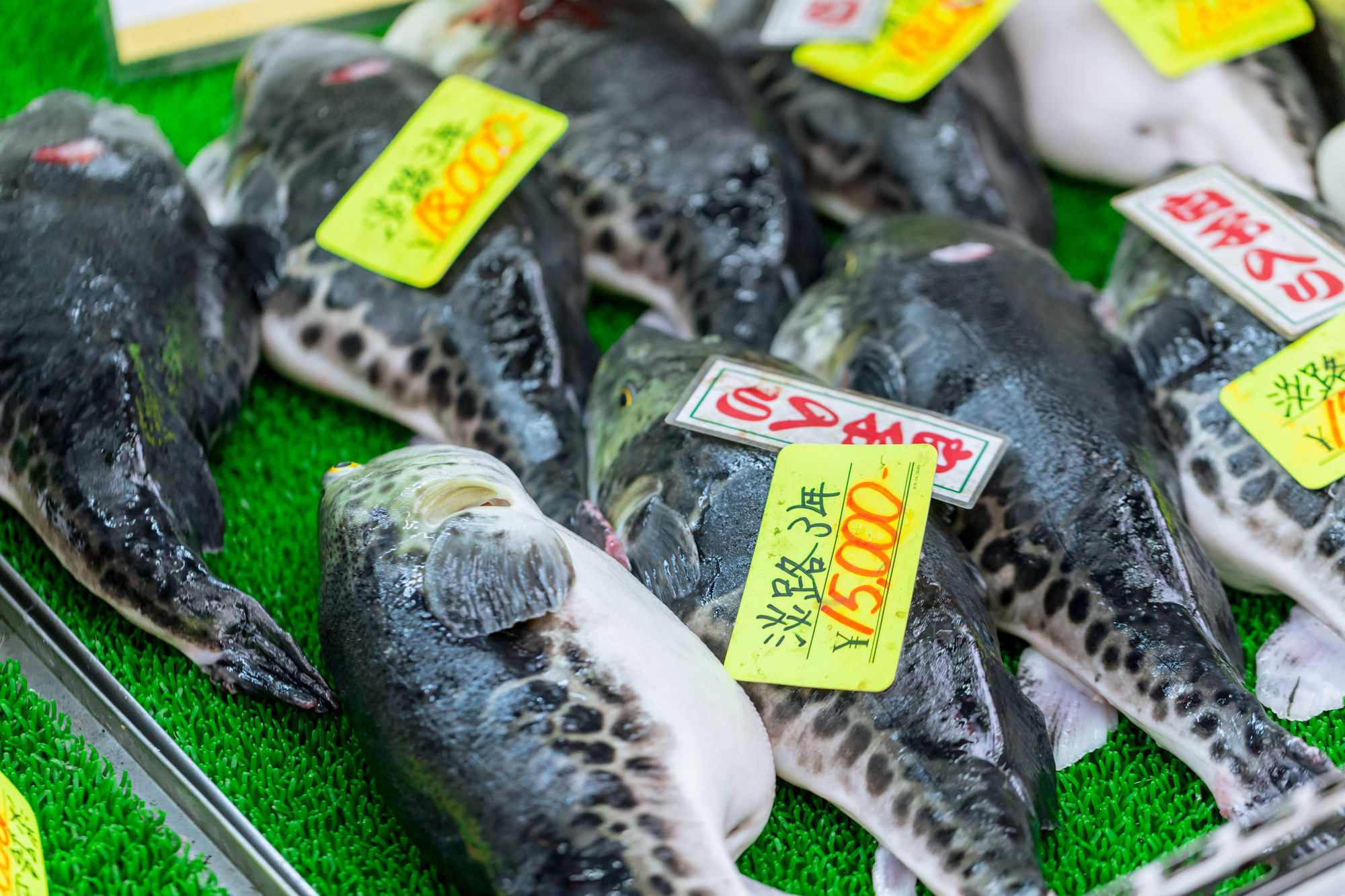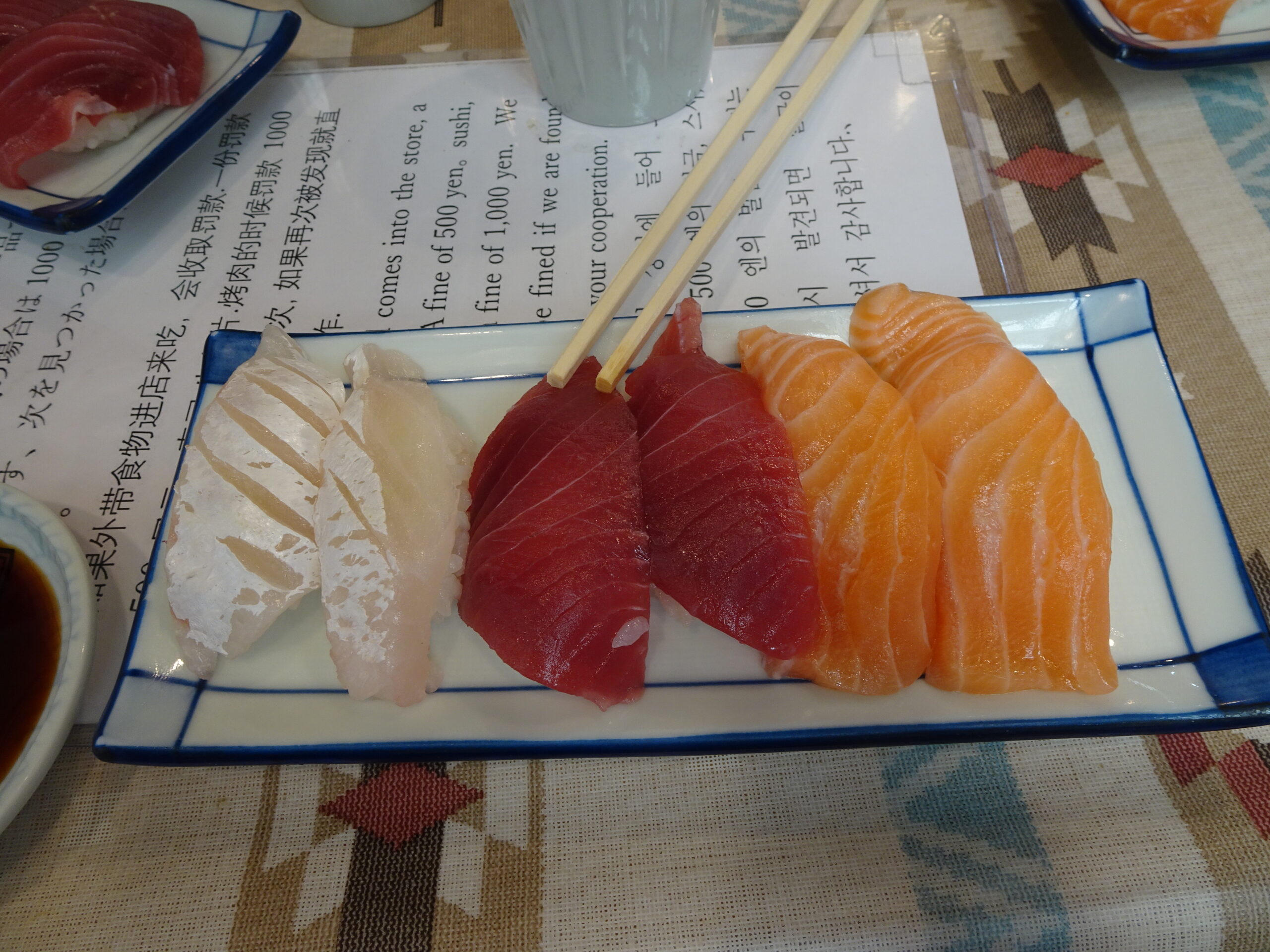Japan is a long and narrow country, filled with mountains. Due to this, many areas in Japan are difficult to cultivate. However, the country is surrounded by the sea, making fish and shellfish a significant part of Japanese cuisine. Fish and seafood are prepared and served in many different ways, but the version you're probably most familiar with is the raw variant served with cooked marinated rice, namely: sushi. Sushi, which dates back to the 2nd century, is one of Japan's most famous dishes. Today, sushi is widespread in much of the Western world, including Denmark, where the first sushi bar opened in Copenhagen in 1986.
All over Japan, you can find establishments serving sushi - from small street cafes to exclusive Michelin-starred restaurants. In general, good sushi can be found at an affordable price (at least cheaper than in Denmark), and if you're a sushi lover, Japan is undoubtedly a real paradise for you. However, you'll notice that the sushi served in Japan differs significantly from what you know from Denmark or other Western countries. Sushi is a very flexible dish that easily adapts to the preferences of different countries. In the West, we love to experiment with various ingredients in sushi and decorate them to make them look beautiful. In Japan, sushi is served simply, and fresh ingredients are used very carefully. Therefore, in Japanese restaurant menus, you are more likely to find nigiri rather than sushi rolls, which are so popular in the West. Nigiri consists of two things: fish and rice, clearly reflecting the simplicity of Japanese cuisine. In this regard, unlike in Denmark, you can find nigiri from many different - perhaps even unfamiliar to you - types of fish. Be sure to be open to new experiences and try various types of nigiri. You will undoubtedly be pleasantly surprised.
Now you know a little about what to expect from sushi in Japan. If you want to learn even more, you can continue reading. Although many describe sushi as their favorite dish, we still think there are some facts about sushi that people may not know. Therefore, we at Ferie med Formål have compiled a small list of five interesting facts about sushi:
Sushi Has Non-Japanese Origins

Although sushi is often considered a Japanese invention, this is actually not the case. The dish called nare-zushi, the predecessor of modern sushi consisting of preserved fish laid between layers of rice and salt, originated near the Mekong River, far from Japan, in the 2nd century AD. In nare-zushi, only the fish was eaten, while the rice was thrown away. Rice was used solely for flavoring and preserving the fish. In the 8th century, nare-zushi was introduced to Japan, and in the early 19th century, it was perfected by the Japanese chef Hanaya Yohei into modern sushi, consisting of fish and rice.
Real Wasabi is Expensive
The wasabi offered to you in most sushi restaurants is not real. Instead, they serve horseradish and mustard powder, colored green to create the appearance of real wasabi. The reason for this substitute is that real wasabi is very expensive. Often restaurants serving real wasabi charge extra for it to compensate for the cost.
Becoming a Sushi Chef Can Take Over 10 Years

Being a sushi chef, or itamae, in Japan is a title associated with immense prestige and honor, bestowed only on the best of the best. Itamae means "in front of the board," and it's the person responsible for everything that happens on the board when preparing sushi. As mentioned, it's a very prestigious and honorable title, and it's easy to understand why when you learn that it can take over 10 years to earn it!
On some Ferie med Formål tours in Japan, you have the opportunity to play the role of itamae for a day by attending cooking courses where you can try your hand at making sushi.
In Japan, You Can Order Sushi with Poisonous Deadly Fish

If you visit sushi restaurants in Japan, you will most likely have the opportunity to order sushi with the so-called fugu fish. Fugu, or Japanese pufferfish, is an extremely poisonous fish containing the nerve toxin tetrodotoxin, which can kill an adult. Despite this, fugu is considered a great delicacy in Japan, which unfortunately also means that more than 50 people die each year from acute poisoning due to improper preparation of this fish. The poison is contained in the skin and intestines of the fish, so it must be filleted very carefully. It's no wonder that in order to have the right to fillet and serve fugu, one must obtain a special license. If you dare to try one of Japan's most famous, yet dangerous delicacies and want to see tomorrow, make sure that the chef has the mandatory license required by law to fillet fugu.
There Are Many Unwritten Rules About How to Properly Eat Sushi

In Japan, there are many unwritten rules about how to properly eat sushi. Here's a small list of some of these unwritten rules:
It's considered disrespectful to take more soy sauce in your bowl than you use.
It's considered improper to eat nigiri in more than one bite.
It's incorrect to place wasabi on nigiri, as the chef already placed it between the fish and rice.
Pickled ginger, usually served with sushi, is not considered a condiment to be placed on sushi. It should be eaten between pieces to cleanse the taste buds.
It's good etiquette to offer your sushi chef sake after the meal to show appreciation for the food.
